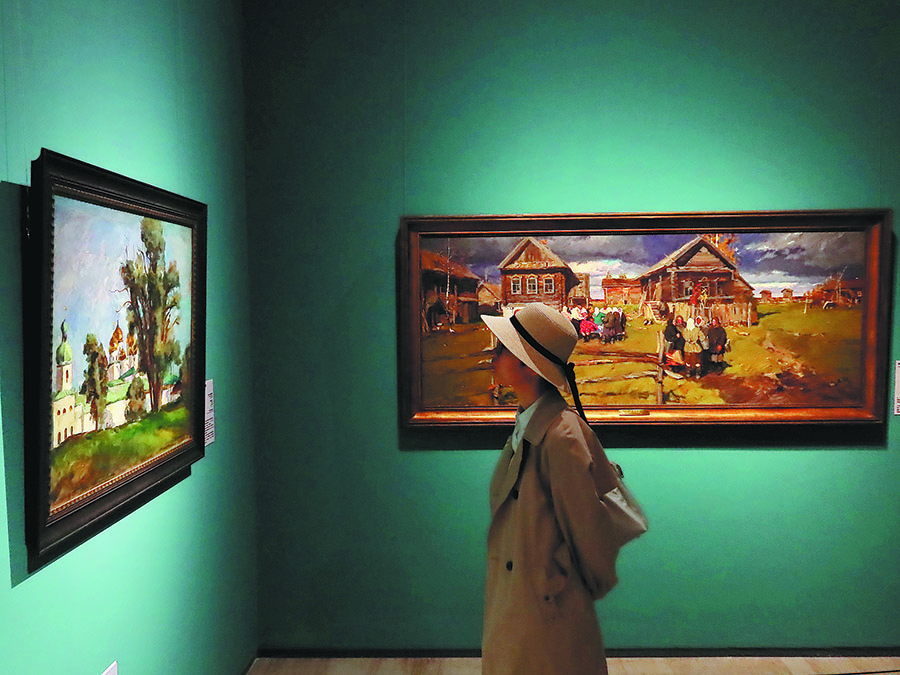
The State Tretyakov Gallery paintings allow visitors a glimpse into Moscow's people and history, Lin Qi reports.
In 1856, 24-year-old Moscow merchant Pavel Tretyakov (1832-98) acquired the oil works of two Russian painters — Skirmish with Finnish Smugglers by V.G. Khudyakov and Temptation by N.G. Schilder.
It was his first purchase of "serious" works of art.
Before that, Tretyakov, who had been long fascinated by music, literature and art, bought books and drawings at the market.
The possession of the two oil paintings led to buying a large number of paintings in the years before his death, with a focus on "work that would reflect the face of Russian painting".
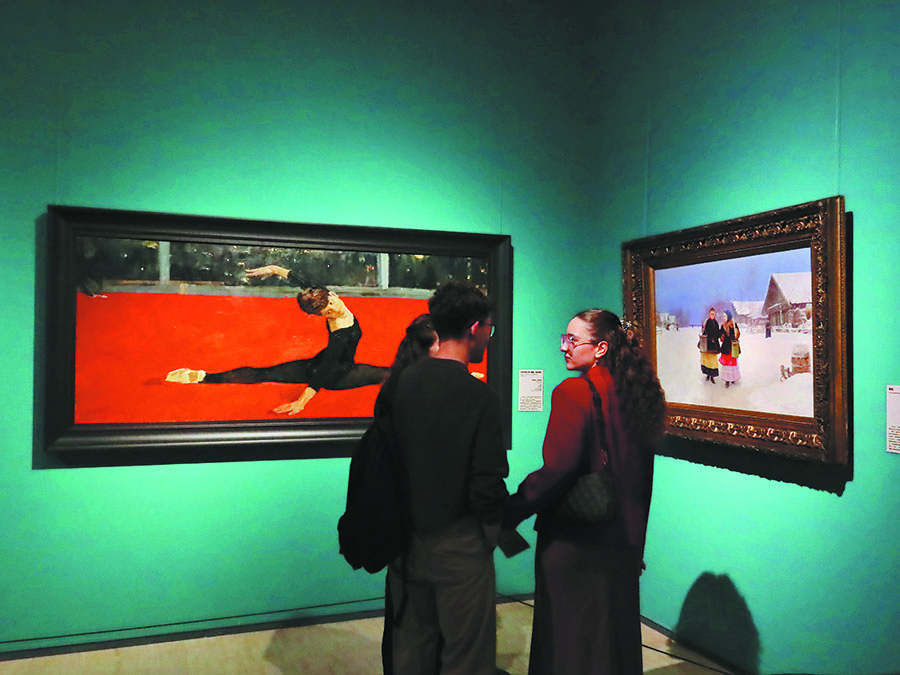
That year marked the beginning of a fine collection, with the painstaking process costing Tretyakov a great deal of time and money.
He built a gallery to house and display the paintings, and turned it into a public museum. Before he died, he donated the collection and gallery to the Moscow city government to benefit as many people as possible.
Now, 56 paintings from Tretyakov's legacy of the State Tretyakov Gallery — some added to the gallery collection after he passed — have arrived in Beijing.
ALSO READ: Art crosses boundaries to exciting era
The Soul of Russia exhibition at the Capital Museum on Chang'an Avenue is the first stop on its China tour and runs until Dec 8. It introduces audiences to Tretyakov's decades-long commitment to popularizing Russian art and unfolding the many aspects of the country and its people.
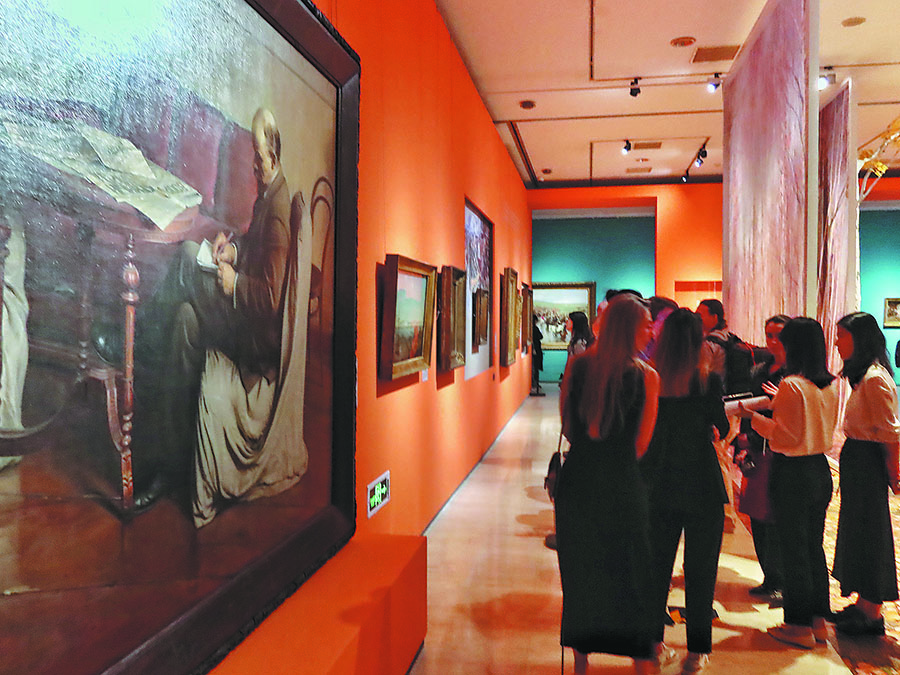
The show celebrates the 75th anniversary of Sino-Russian diplomatic relations and the China-Russia Years of Culture (2024-25).
In 2015, the State Tretyakov Gallery brought its collection to the National Museum of China, also located on Chang'an Avenue. The exhibition displayed the works of Peredvizhniki, or "The Wanderers", a group of like-minded artists who emerged in the second half of the 19th century to establish the Society for Traveling Exhibitions and a new style that depicts the contemporary life of ordinary Russian people.
READ MORE: Chinese opera festival: Opening tradition up to today
This time, at the Capital Museum, the gallery presents an even more extensive picture of Russia, its art and its people, since the 16th century through to today, of which the core idea may be summarized in the words of Russian painter Ivan Shishkin (1832-98): "Expanse, space, land. Rye. God's grace. Russian wealth".
Shishkin, one of the most celebrated landscape artists of the Peredvizhniki movement, is recognized as the "tsar of the woods" for his fine presentations of trees and forests. His piece In the Park is on display at The Soul of Russia.
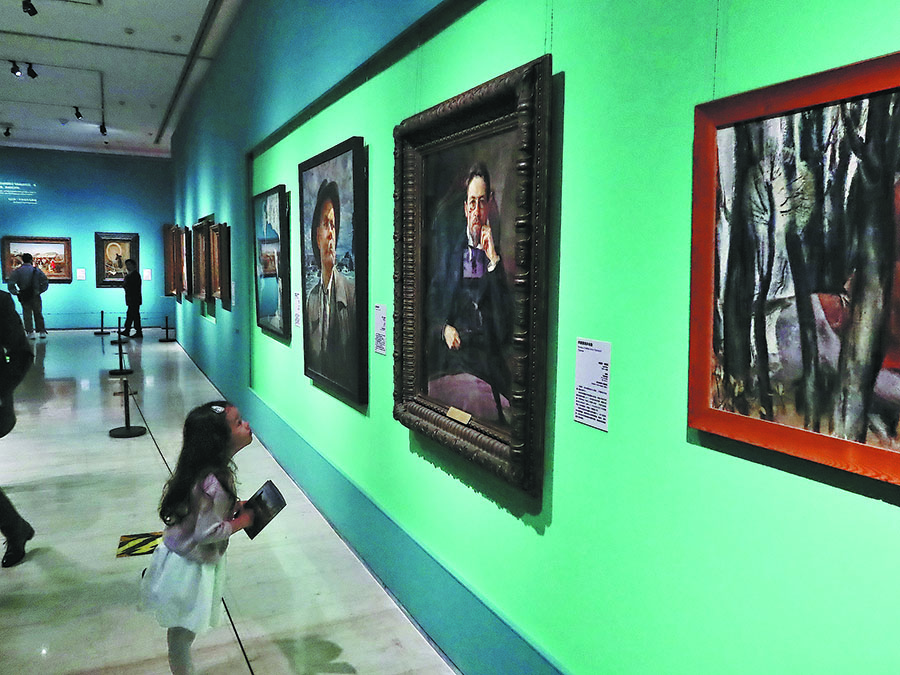
The exhibited paintings are broken down into sections not in chronological order but under four themes — the expansive and diverse landscapes of Russia, the representative faces of the country that reflect its soul, life scenes of animation and their traditions, and historic narratives.
Chen Jingjing, the exhibition's curator, says the arrangement directs audiences to "a broad view of the country and its people as a whole, epitomized by the vivid depictions from different angles by artists from different periods".
READ MORE: Rising from the ashes
"Not only does it show the tradition of art in Russia, but also the images of Russia — natural environments, a crisscross of Eastern and Western cultures and daily scenarios — have been presented by its artists over time," Chen adds.
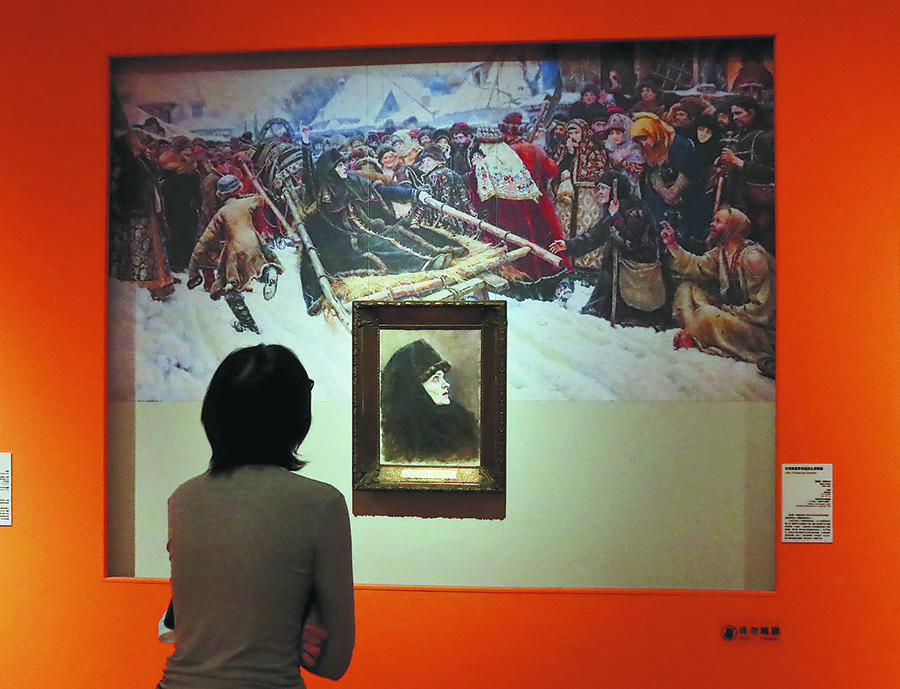
"These works are on show in Beijing, which allows people in China to form their own perspectives of the country," she says.
Works on show include a 17th century replica of The Virgin of Vladimir, by Ivan Mikhailov, the earliest painting featured at the exhibition according to Elena Pronicheva, the general director of the State Tretyakov Gallery; Nasty Sea, a convincing example of Ivan Aivazovsky's ability to reenact nature's eternal beauty and dignity on canvas. The display also has Head of Boyarynya Morozova, a preparatory study work that Vasily Surikov, a historical painter and also a Peredvizhniki member, made for his iconic piece Boyarynya Morozova, which is included in the State Tretyakov Gallery's collection.
READ MORE: Traditional culture on Macao's menu
Some of the artists on show were frequent guests at the house of Tretyakov.
Pronicheva says Tretyakov "set a good example of how to show the soul of Russia, as he viewed preserving Russian art in the means of building a collection and a gallery, now one of the richest in Russia, and gifting it to the public — a most important commitment".


